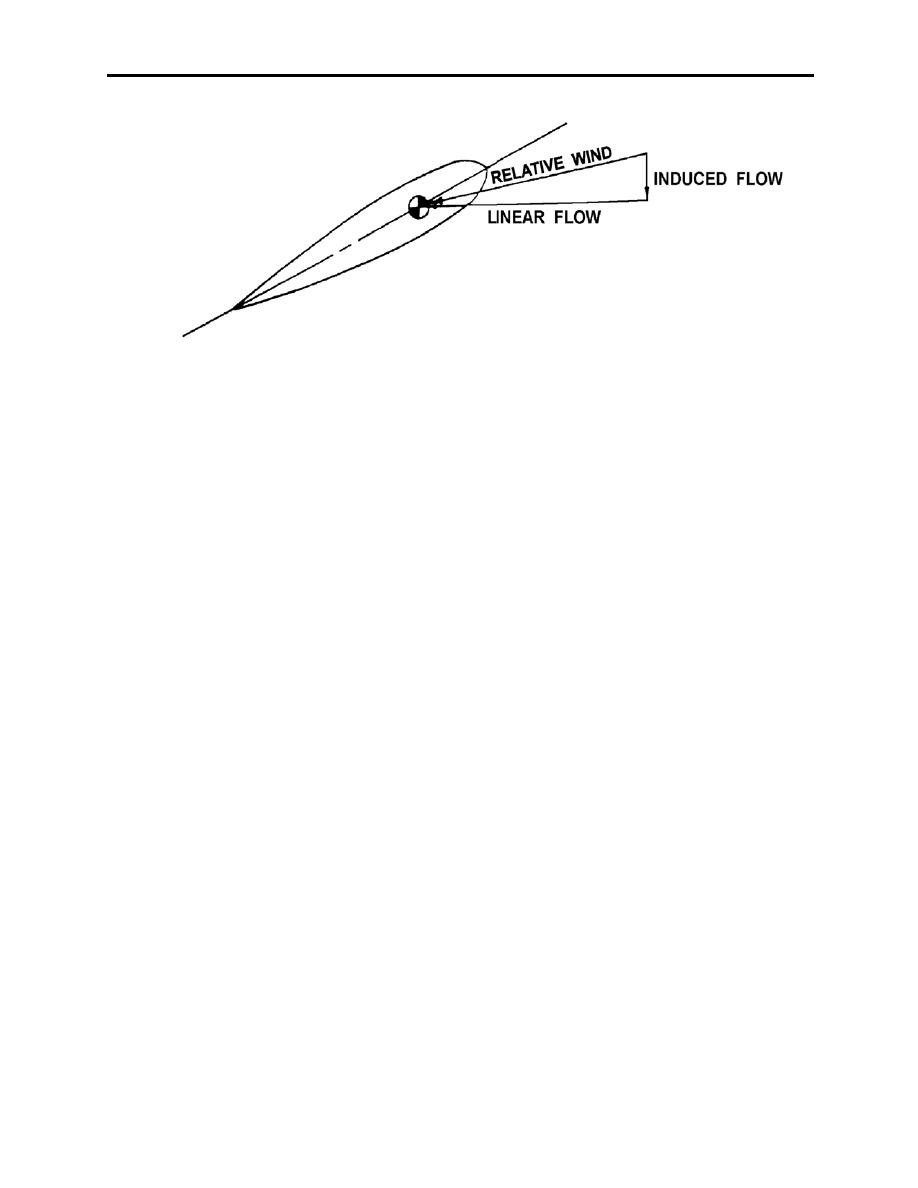 |
|||
|
|
|||
|
|
|||
| ||||||||||
|
|  CHAPTER 2
HELICOPTER AERODYNAMICS WORKBOOK
Figure 2-7
AIRFOILS
Airfoils fall into two categories: symmetrical and nonsymmetrical. A symmetrical airfoil
has identical size and shape on both sides of the chord line, while a nonsymmetrical airfoil has a
different shape and size on opposite sides of the chord line. Cambered airfoils are in the
nonsymmetrical category (figure 2-2).
PITCHING MOMENTS
Now let us investigate the different aerodynamic characteristics of these airfoils regarding the
aerodynamic center and center of pressure of each type. The aerodynamic center is the point
along the chord where all changes in lift effectively take place and where the sum of the
moments is constant. The sum of the moments is constant for any AOA. On a symmetrical
blade, the moment is zero. The center of pressure is the point along the chord where the
distributed lift is effectively concentrated and the sum of the moment is zero. On symmetrical
airfoils, it is co-located with the aerodynamic center. On cambered airfoils, the center of
pressure moves forward as AOA increases. The center of pressure of the upper and lower
surfaces of a symmetrical airfoil act directly opposite each other. The aerodynamic center and
center of pressure are co-located; therefore, no moment is produced even though the total lift
force changes with change in AOA (figures 2-8 and 2-9).
2-6 ROTOR BLADE AERODYNAMICS
|
|
Privacy Statement - Press Release - Copyright Information. - Contact Us |